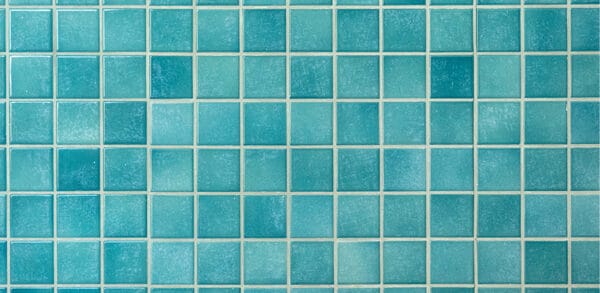Welcome to the Bio-D blog page. To enhance your reading experience, our blog has been organised into categories. Company News provides updates on developments at Bio-D, offering insights into the latest happenings and behind-the-scenes stories. Hints & Tips deliver practical advice on sustainable living and adopting eco-friendly practices. Finally, Products & Ingredients reveal the story behind Bio-D’s products, highlighting their ingredients and contribution to a greener world.

Tile grout may be a small part of your home’s design, but it plays a big role in maintaining a clean and healthy space. Over time, these porous lines between tiles act like sponges, absorbing dirt, mildew, and even bacteria. Left uncleaned, grout can darken, discolour, or develop mould, especially in damp areas like kitchens, bathrooms, and utility rooms.
In this guide, we’ll walk you through how to clean grout lines using safe, effective techniques and sustainable Bio-D cleaning products. Whether you’re tackling surface stains or deep-set mould, we’ll show you how to restore your grout to a bright, hygienic finish, without damaging your surfaces or the environment.
Why Grout Gets So Dirty
Grout is typically made of a cement-based compound that is both porous and light-coloured, making it vulnerable to absorbing spills, grime, soap scum, and mildew. In high moisture areas like bathrooms, grout can become a breeding ground for mould and mildew. In kitchens, it’s common for food splatters, oils, and general foot traffic to stain the lines between tiles.
Understanding why grout gets dirty helps us approach cleaning it more effectively. The key is to use a solution that lifts embedded grime without breaking down the grout itself and this is where Bio-D’s eco-friendly Laundry Bleach comes into play.
Step 1: Assess Your Grout Type and Condition
Before jumping into the cleaning process, it’s important to assess the type of grout you have. Most residential grout is either:
Also, check for cracks or missing sections. If the grout is severely deteriorated, it may need to be repaired or regrouted before deep cleaning.
Step 2: Tools and Supplies You’ll Need
Gather the following supplies:
Tip: Bio-D’s products are cruelty-free, biodegradable, and come in refill sizes to reduce single-use plastic waste. You can also visit a local refill station across the UK.
Step 3: How to Clean Grout Lines with Bio-D Laundry Bleach
Bio-D’s Laundry Bleach is ideal for grout because it lifts stains, eliminates bacteria and mould, and won’t eat away at the surface, unlike harsher chemical bleaches.
Instructions:
Why it works: Unlike harsh chlorine bleaches, Bio-D’s Laundry Bleach is safer for grout and your health. It breaks down grime and mould while remaining gentle on the environment and indoor air quality.
Step 4: Targeting Mould and Mildew Growth
For areas with visible mould or mildew, repeat the cleaning process above, ensuring you let the Bio-D Laundry Bleach mixture sit slightly longer. Be sure to ventilate the space while cleaning. Mould spores can cling to tile and grout surfaces, so deep cleaning may be necessary once a month in high-humidity areas.
Step 5: Preventing Future Grout Discolouration
Once your grout is clean, keeping it that way is much easier with a few preventative habits:
Recommended Products from Bio-D
Find these products online or at a local refill store that stocks Bio-D near you and make your cleaning routine both effective and eco-conscious.
Cleaning Schedule for Tile Grout
A Fresh Start for Your Grout Lines
Learning how to clean grout lines effectively doesn’t require harsh chemicals or endless scrubbing. With the right techniques and products, like Bio-D’s Laundry Bleach, you can lift stains, eliminate mould, and protect your home’s surfaces, all while supporting the environment.
Whether you’re freshening up your bathroom, brightening a tiled kitchen splashback, or maintaining entryway floors, choose Bio-D for a greener clean.
Explore our full product range or find your local refill store and clean with purpose.